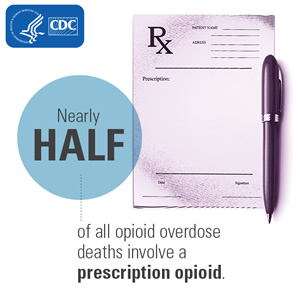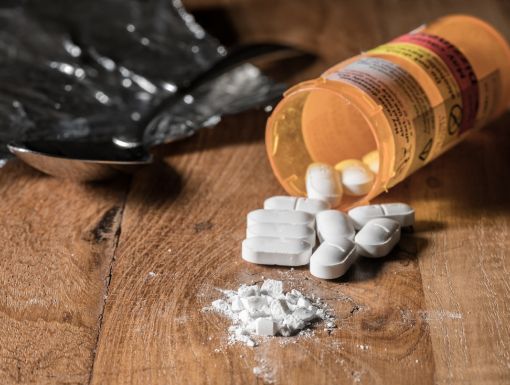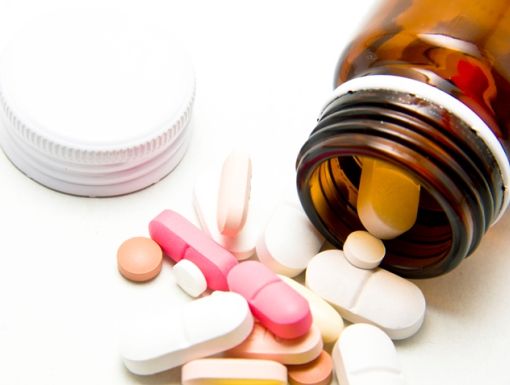
The Opioid Epidemic: Overdosing
Overdose deaths from prescription painkillers and illegal street drugs like heroin have skyrocketed during the past decade. Opioids cause death by slowing, and eventually stopping, a person’s breathing. However, quick response can prevent brain injury and death.
How to Recognize an Overdose
- Blue or grayish lips and fingernails
- Pinprick (small) pupils
- Low blood pressure
- Slow heart beat
- Clammy, sweaty skin
- Slow, shallow or raspy breathing (less than one breath every five seconds)
- Gasping, snoring or gurgling sounds
- Vomiting
Do not give a person that is overdosing stimulants like coffee, speed or cocaine.
Do not inject them with anything. Salt, milk or other drugs can cause more harm and do not work against opioids.
Do not put them under the shower or in an ice cold bath.

Overdose Response
Assess the signs and stimulation
- Check to see if they can respond.
- Is the person breathing?
- Does he or she answer when you give them a light shake and call their name?
- Can the person speak? Are they turning blue, especially lips and fingertips?
- If you can’t get a response, try a sternum rub (rub your knuckles on their chest bone for about 10 seconds).
Call 911
- After identifying an overdose, get help as quickly as possible and call 911. If you must leave the person alone to make the call, put them in the recovery position so they won’t choke if they vomit.
- Stay calm. Clearly give the address and location to the 911 operator.
- Say, “the person is unconscious and I can’t wake them up” or “my friend isn’t breathing.” You don’t have to say that any drugs are involved until the ambulance arrives.
Rescue Breathing
- Make sure nothing is in their mouth or blocking their airway.
- Tilt head back, life chin, pinch nose closed and administer two slow breaths.
- Give one breath every five seconds until the person starts breathing on his or her own.
- If a person is still unresponsive after repeating CPR for 30 seconds, you can give naloxone.
Naloxone Administration
- Follow the instructions for the form of naloxone you have—injectable or nasal spray. Don’t forget to give rescue breaths while you get ready.
- If you have the nasal spray naloxone, spray the medicine into one nostril and then move the person onto their side.
- If you have injectable naloxone, inject the medicine straight into the muscle of the outer thigh. It can be injected through clothing if needed.
- Get emergency medical help right away after giving the first dose of naloxone, even if the person wakes up. Give a second dose of naloxone if there is no response after about three minutes.
- Please note: nasal spray naloxone contains a single intranasal spray and should not be reused. If a second dose needs to be given, you must obtain more than one container.
- Keep rescue breathing if they haven’t started breathing on their own until the naloxone kicks in or paramedics arrive.
Aftercare Information
- Keep in mind that naloxone will wear off in about 30-90 minutes. Anyone that has overdosed on opioids—particularly if extended release opioids are involved—should go to the hospital immediately for further care.
- Comfort the person and monitor their breathing—they will most likely feel sick from the naloxone and will wake up in withdrawal due to the medication. They should not be allowed to re-use opioids and will probably not realize that they overdosed.
- Stay with the person until they go to the hospital and make sure they don’t:
- take more opioids.
- go back into overdose and need additional doses of naloxone.
- experience rapid or irregular heartbeat, chest pain, seizures, sudden stopping of the heart, hallucinations or loss of consciousness.
Train yourself and other friends and family members on how to give naloxone in advance. It is highly encouraged that if you or someone you know is suffering from opioid addiction or is currently taking high doses of prescribed opioids to have naloxone on hand in case an emergent overdose situation arises.
Naloxone is available for purchase without a prescription at Ochsner Pharmacy & Wellness and in select CVS and Walgreens locations. Your pharmacist should provide you with instructions on how to administer the medication.



